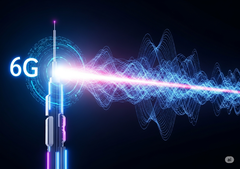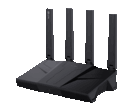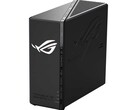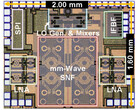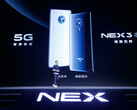The successful trial, conducted in the 300 GHz band, represents a major step forward in proving that the sub-terahertz spectrum can deliver the ultra-high speeds required for future technologies like real-time holographic communication, autonomous vehicle communication, and city-scale AI.
This unprecedented data speed was made possible by ensuring the signal transmitted was remarkably clean. Keysight's Vector Component Analyzer played the central role — built on the latest N524XB series PNA-X Microwave Network Analyzers, it enabled the use of spectral digital predistortion (DPD) to minimize distortion and optimize signal integrity to achieve the 280 Gbps record. The test used NTT’s indium phosphide-based J-band power amplifier, hitting 35 GBaud with 256-QAM modulation at 0 dBm output and +9.1 dBm saturated power.
The test broke the 240 Gbps record set by Osaka University’s team, led by Professor Tadao Nagatsuma, in 2024, pushing wireless speeds far beyond 5G’s theoretical 10 Gbps limit and achieving 28 times faster speeds. For reference, 280 Gbps is fast enough to download a 50 GB file in ~1.4 seconds; that's equivalent to a 2-hour Blu-Ray quality 4K movie.
This achievement will be presented at the International Microwave Symposium (IMS) 2025 which will take place on June 19, 2025, at the Moscone Center, San Francisco, CA, USA.
The arrival of 6G on consumer devices is at least 3–4 years away; in the meantime, the world will have to make do with 5G devices. The Samsung Galaxy S25 Ultra (curr. $1,119 on Amazon.com) is one of the best 5G-enabled products on the market.
Source(s)
IEEE Xplore and Keysight




